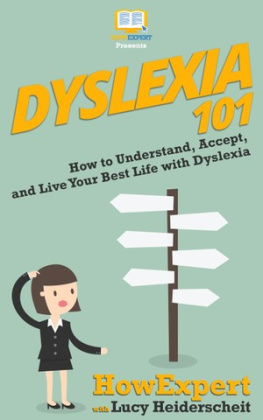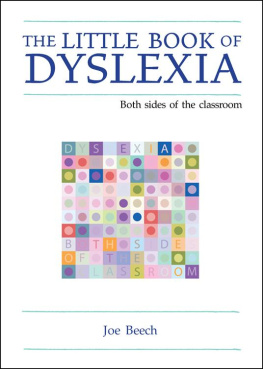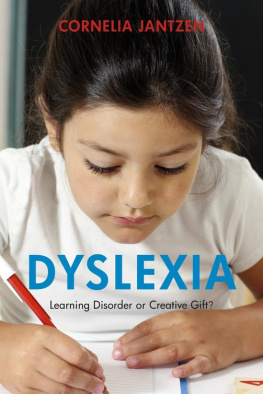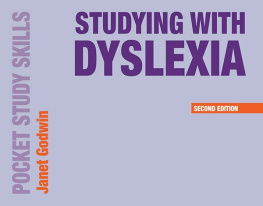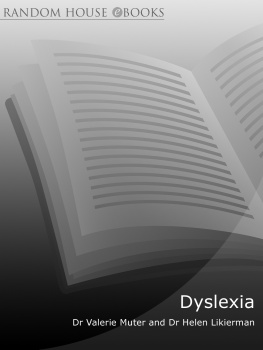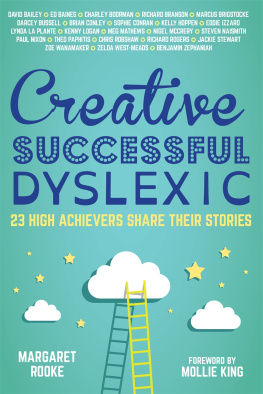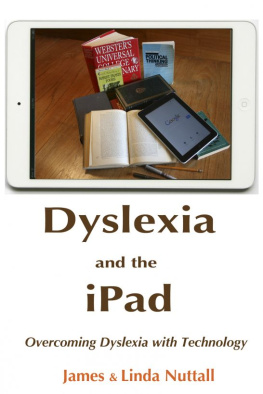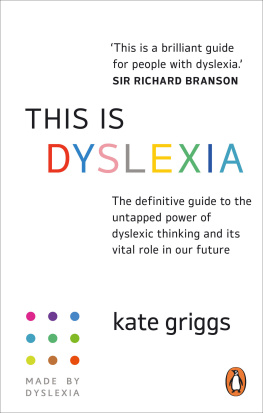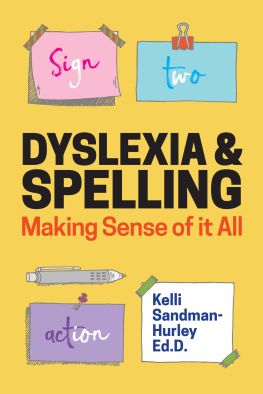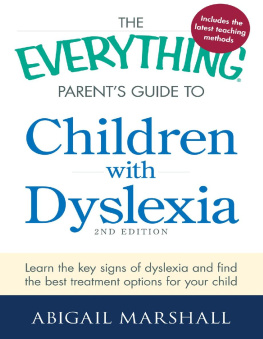HowExpert Presents
Dyslexia 101
How to Understand, Accept, and Live Your Best Life with Dyslexia
HowExpert with Lucy Heiderscheit
Copyright HowExpert
www.HowExpert.com
For more tips related to this topic, visit HowExpert.com/dyslexia.
Recommended Resources
- HowExpert.com Quick How To Guides on All Topics from A to Z by Everyday Experts.
- HowExpert.com/free Free HowExpert Email Newsletter.
- HowExpert.com/books HowExpert Books
- HowExpert.com/courses HowExpert Courses
- HowExpert.com/clothing HowExpert Clothing
- HowExpert.com/membership HowExpert Membership Site
- HowExpert.com/affiliates HowExpert Affiliate Program
- HowExpert.com/writers Write About Your #1 Passion/Knowledge/Expertise & Become a HowExpert Author.
- HowExpert.com/resources Additional HowExpert Recommended Resources
- YouTube.com/HowExpert Subscribe to HowExpert YouTube.
- Instagram.com/HowExpert Follow HowExpert on Instagram.
- Facebook.com/HowExpert Follow HowExpert on Facebook.
COPYRIGHT, LEGAL NOTICE AND DISCLAIMER:
Copyright by HOWEXPERT (OWNED BY HOT METHODS). All Rights Reserved Worldwide. No part of this publication may be reproduced in any form or by any means, including scanning, photocopying, or otherwise without prior written permission of the copyright holder.
Disclaimer and Terms of Use: Please note that much of this publication is based on personal experience and anecdotal evidence. Although the author and publisher have made every reasonable attempt to achieve complete accuracy of the content in this Guide, they assume no responsibility for errors or omissions. Also, you should use this information as you see fit, and at your own risk. Your particular situation may not be exactly suited to the examples illustrated here; in fact, it's likely that they won't be the same, and you should adjust your use of the information and recommendations accordingly.
The author and publisher do not warrant the performance, effectiveness or applicability of any sites listed or linked to in this book. All links are for information purposes only and are not warranted for content, accuracy or any other implied or explicit purpose.
Any trademarks, service marks, product names or named features are assumed to be the property of their respective owners, and are used only for reference. There is no implied endorsement if we use one of these terms.
No part of this book may be reproduced, stored in a retrieval system, or transmitted by any other means: electronic, mechanical, photocopying, recording, or otherwise, without the prior written permission of the author.
Any violation by stealing this Book or downloading or sharing it illegally will be prosecuted by lawyers to the fullest extent. This publication is protected under the US Copyright Act of 1976 and all other applicable international, federal, state and local LAWS and all rights are reserved, including resale rights: you are not allowed to give or sell this Guide to anyone else.
This publication is designed to provide accurate and authoritative information with regard to the subject matter covered. It is sold with the understanding that the authors and publishers are not engaged in rendering legal, financial, or other professional advice. laws and practices often vary from state to state and if legal or other expert assistance is required, the services of a professional should be sought. the authors and publisher specifically disclaim any liability that is incurred from the use or application of the contents of this book.
COPYRIGHT BY HOWEXPERT (OWNED BY HOT METHODS)
ALL RIGHTS RESERVED WORLDWIDE.
Table of Contents
Chapter 1 How to Diagnose Dyslexia
1.1 Understanding the Symptoms
To succeed with dyslexia first you must understand the symptoms and receive a proper diagnosis. There are some major indicators that can help you discover if you or your loved one is suffering from dyslexia.
As a child some major signs are delayed talking and learning words slower than other children. Then later most people with dyslexia will experience a postponement in learning how to read. Other symptoms are headaches while reading and even speech impairment. Children with dyslexia may have confusion with the left to right concept while learning how to read. In addition, they may have behavioral problems. Children with dyslexia may act out due to their struggle with the standard educational system.
The severity of dyslexia can range from severe to barely noticeable. Some people go through their entire childhood, adolescence, and adulthood never knowing why it is difficult for them to read. Symptoms could be as small as pronunciation issues or omitting letters while writing and reading. Dyslexia could be as minuet as words appearing blurry and out of focus on the page, when an individual has no other vision problems. In fact, dyslexia is commonly mistaken with a need for glasses. Just think about a vision test, which typically has letters that get increasingly smaller. Or a driving vision test, which askes a participant to read road signs that appear to be a certain distance away.
People with dyslexia might suffer in areas other than reading, as well. For example, a student could suffer with math. Someone with dyslexia might complain of letters and numbers flipping around on the page. This can create an attention problem and make it hard for the person with dyslexia to focus. For me personally, I loved math, but sometimes one simple number flip could throw an entire equation off for me. I was lucky enough to have a few math teachers that would recognize these minor errors.
Typically, it is also difficult for someone with dyslexia to read aloud. People with dyslexia might use an entirely wrong word while reading aloud. The word may fit in with the context clues, but it will not be what the text says. It might seem like they are reading based off memorization and not word by word.
For example, if they read the sentence, "The man waltzed gracefully towards the water and casts his line for the fish to bite." They might instead say, "The man walked gracefully towards the water and casts his line for the fish to bite." This is them compensating for their inability to read each word individually and still understand the general concept and read with flow. Instead, because they can't read each word and still understand the concept, their brain automatically fills in the word with a word that looks similar and fits the context clues.
Individuals with dyslexia typically have complete normal vision and intelligence. It is possible for someone with dyslexia to learn to the same extent as any other individual. However, the learning process may be a little different for them as opposed to their peers.
Dyslexia affects the portion of the brain which processes language. It is a learning disability in which it is difficult for an individual to read due to trouble deciphering how speech sounds relate to letters. This makes it difficult for them to understand written words.
All the symptoms above can be used to diagnose the disability. However, not everyone with dyslexia will have ever symptom discussed. Typically, someone with dyslexia will have quite a few of them though. If you, your child, or any loved one seems to be experiencing these symptoms consult with a professional as soon as possible.
After you understand the symptoms the next step is to self-diagnose dyslexia. Once you have self-diagnosed see a professional and get tested. Only a professional can provide you with the documentation you will need later in life.
As someone who has dyslexia I was lucky to receive an early diagnosis in 3rd grade when a teacher picked up on my symptoms. My mom, who received a late diagnosis had the same symptoms too but did not realize there was an established disability. So, my mom and I received our diagnosis at the same time. The process for someone who receives a late diagnosis, such as my mom, versus someone like me who is diagnosed in elementary school are very different. While it helped my mom to understand she has a disability she had already learned how to self-accommodate for it.
Next page
